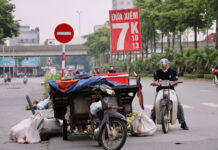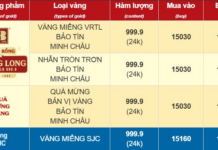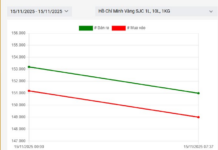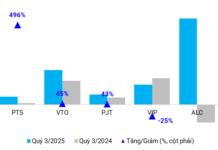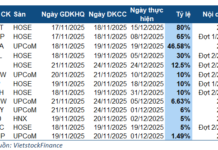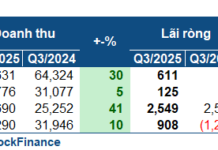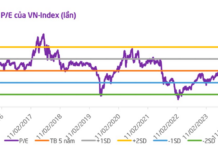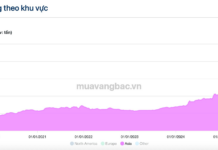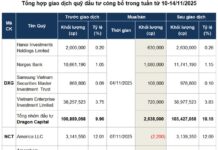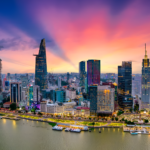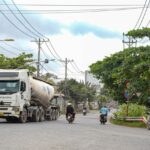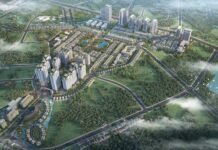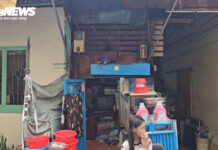Revitalizing Canals: A New Lease of Life for Ho Chi Minh City’s Waterways
The Black Water Canal, flowing through Binh Hung Hoa Ward (formerly part of Binh Tan District), was once a notorious environmental hotspot in Ho Chi Minh City. In April 2020, a significant turning point arrived with the commencement of a VND 629 billion project to upgrade and renovate the canal alongside its adjacent road (from the existing box culvert to Tham Luong Canal). This marked a pivotal moment in the city’s efforts to reclaim its waterways.
After over two years of dedicated work, the project reached completion in 2022, unveiling a transformed and modernized landscape for the entire area.
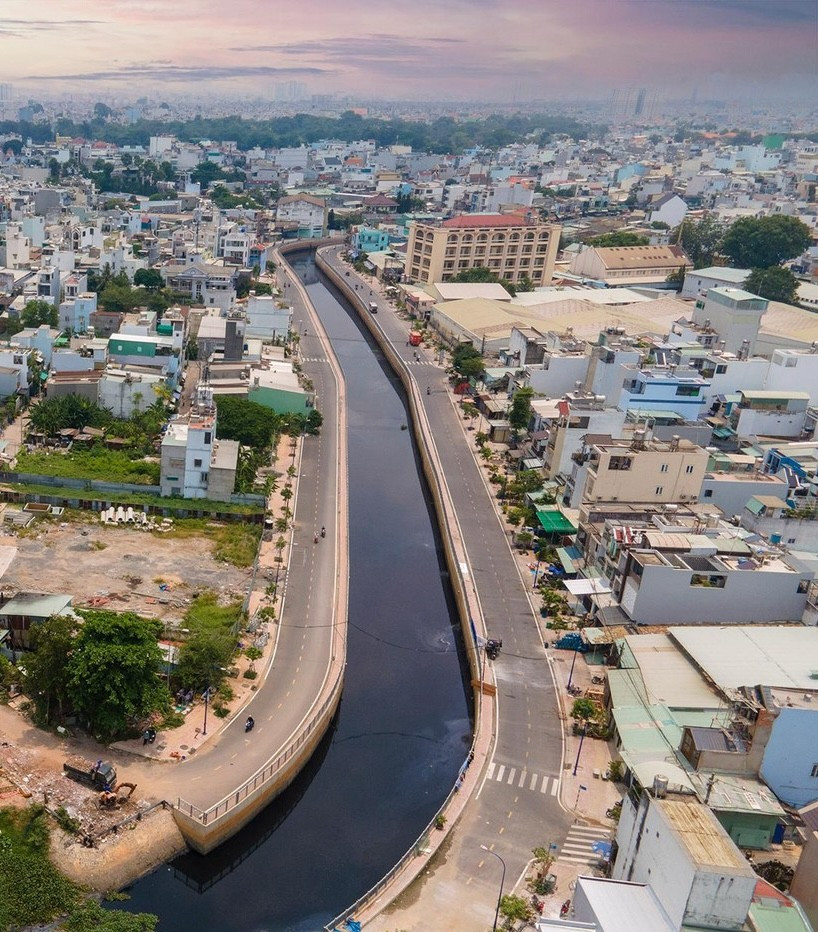
The rejuvenated Black Water Canal. Photo: Pham Nguyen
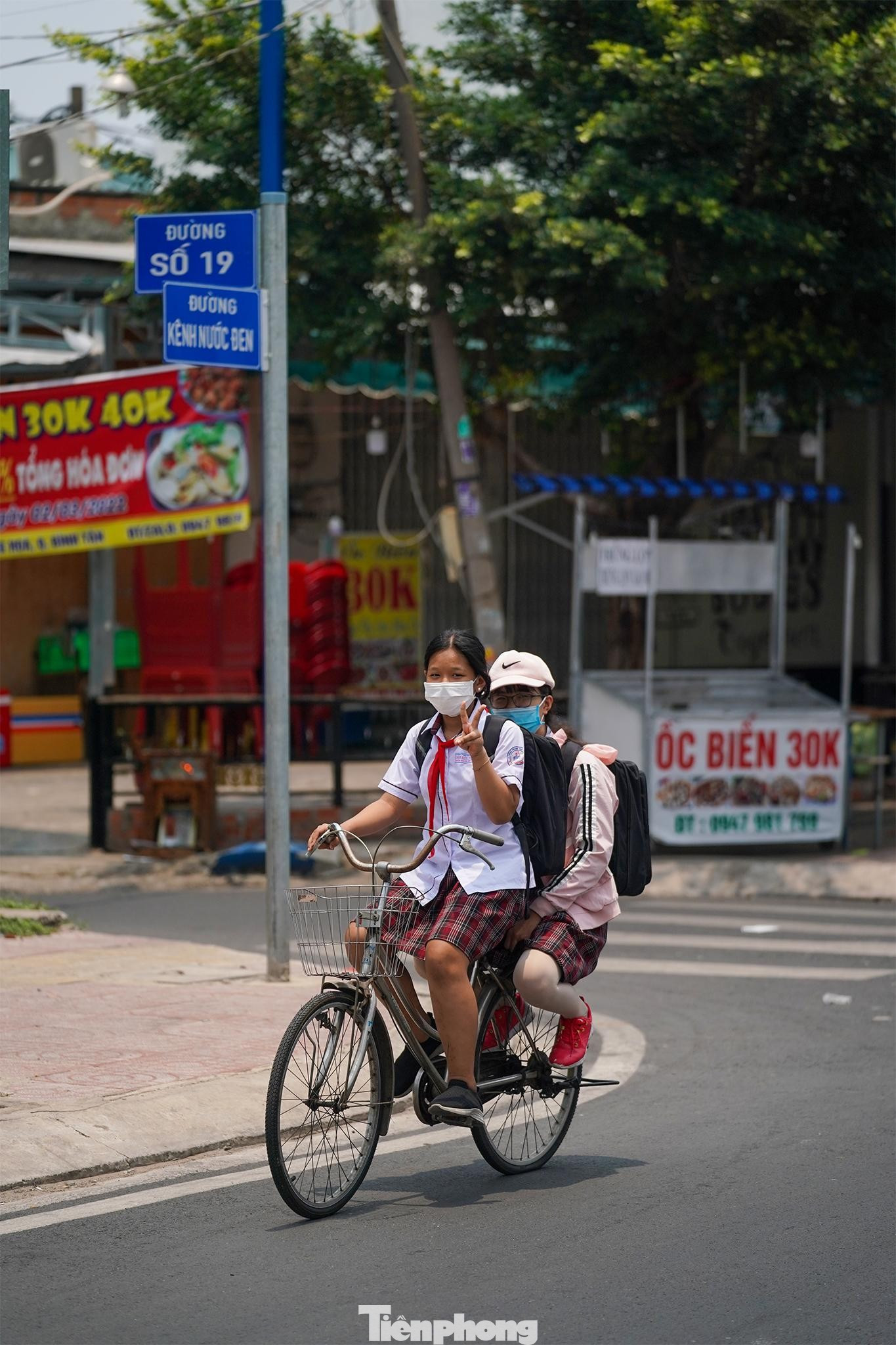
The banks of the Black Water Canal have undergone a remarkable transformation.
Ms. Lam Kim Phấn (59 years old) recalls the canal’s previous state, aptly named the Black Water Canal due to severe pollution. Since the project’s completion, she has witnessed a noticeable change: improved housing, wider roads, and a newfound ability for her grandchildren to enjoy evening strolls and exercise along the canal—an unimaginable luxury before.
“Moving forward, we hope for effective wastewater treatment to eliminate odors, turning this canal into a truly green waterway,” Ms. Phấn expresses her aspirations.
The Hang Bang Canal, a 1.7 km long waterway partially filled and heavily polluted, is experiencing a revival after nearly a decade of renovation efforts totaling over VND 2,000 billion. This project stands as a cornerstone of Ho Chi Minh City’s initiatives to enhance the environment, urban aesthetics, and the overall quality of life for its residents.
In early 2025, a 250-meter section of the canal from Ngo Nhan Tinh Street to Van Tuong Canal (formerly District 5) was inaugurated, with construction costs of approximately VND 33 billion and land compensation exceeding VND 600 billion. Alongside this development, the city launched a tree-planting and environmental protection campaign, ushering in a new era of cleanliness and beauty for the area.
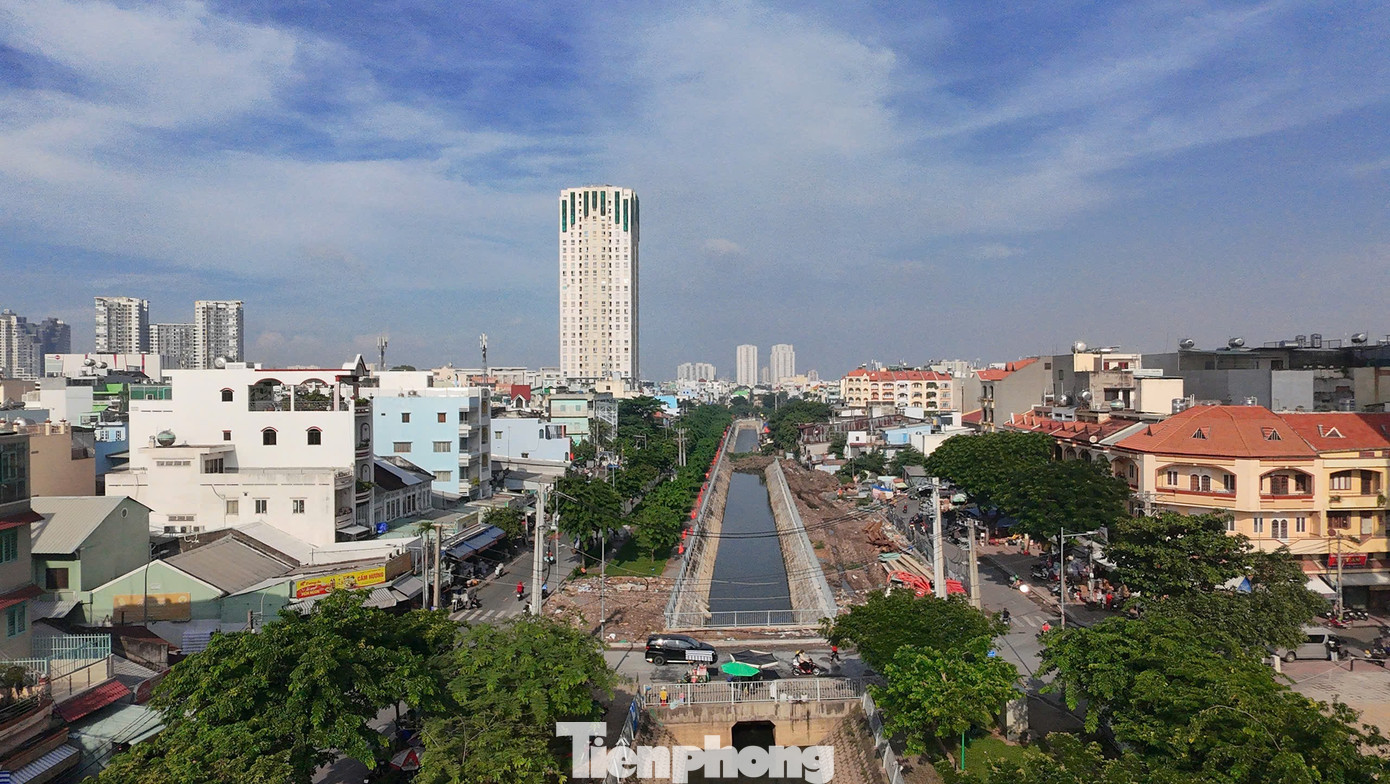
The Hang Bang Canal under renovation. Photo: Huu Huy
According to the Ho Chi Minh City Transportation Department (representing the investor), the project has reached 70% completion, with remaining land acquisition challenges in former District 6. The city aims to finalize land acquisition and commence construction of a wastewater collection system along the canal in 2025, directing it to the Binh Hung treatment plant (formerly in Binh Chanh District).
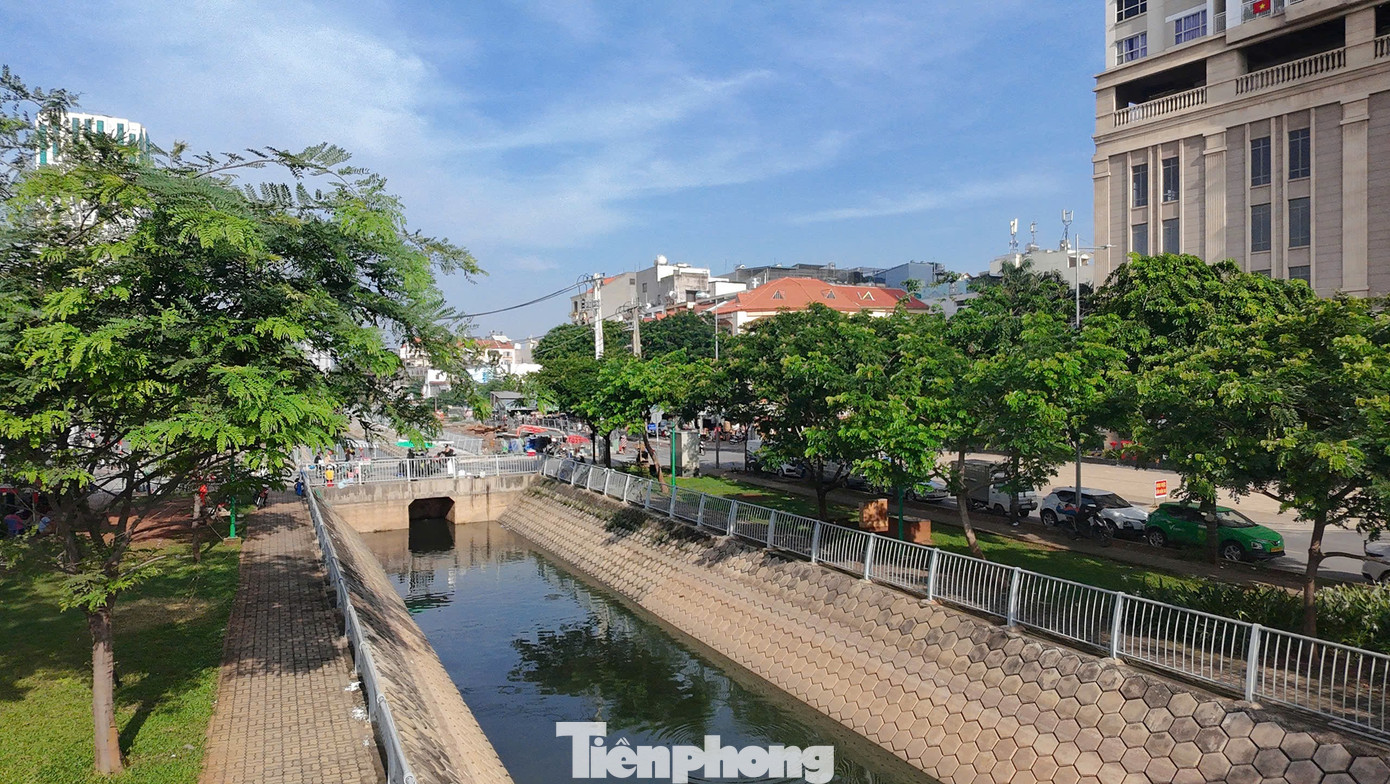
The current state of the Hang Bang Canal. Photo: Huu Huy
From 2026 to 2028, Ho Chi Minh City will embark on Phase 3, spanning from Binh Tien to Mai Xuan Thuong streets, completing the entire project. Upon completion, the Hang Bang Canal will not only regain its natural flow but also emerge as a “green corridor,” contributing to flood mitigation, environmental improvement, and the creation of additional public spaces for residents.
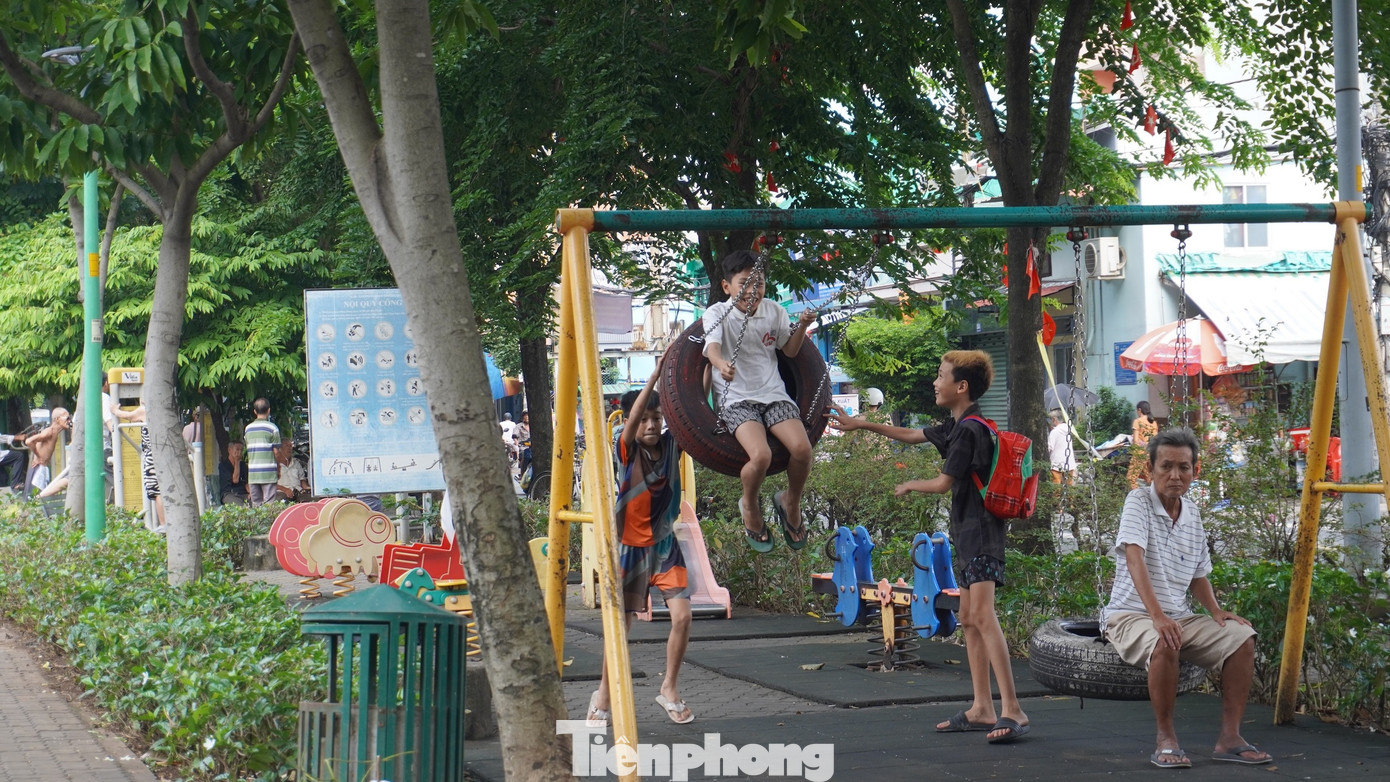
The lives of residents along the canal banks are transforming daily. Photo: CTV
Beyond these projects, Ho Chi Minh City has undertaken numerous large-scale initiatives during this term, including infrastructure development and environmental improvements for the Tham Luong – Ben Cat – Water Rise Canal, renovation and dredging of the Xuan Tam Canal (spanning former Binh Thanh and Go Vap Districts), North Bank renovation of the Double Canal (formerly District 8), and dredging and renovation of the Van Thanh Canal.
In tandem with canal renovations, Ho Chi Minh City is investing in large-scale wastewater treatment plants, notably in Thanh My Loi Ward (formerly Thu Duc City), serving the Nhieu Loc – Thi Nghe basin, and the Binh Hung plant, catering to the Ben Nghe – Tau Hu – Double Canal – Te Canal basin. These endeavors are poised to significantly enhance water quality, propelling the city toward its sustainable development goals.
Metro Line 1: A Historic Leap for Ho Chi Minh City’s Urban Transportation
Commencing in August 2012, Metro Line 1 (Ben Thanh – Suoi Tien), stretching nearly 20 km with a total investment of over VND 43,700 billion, stands as Ho Chi Minh City’s pioneering urban railway project.
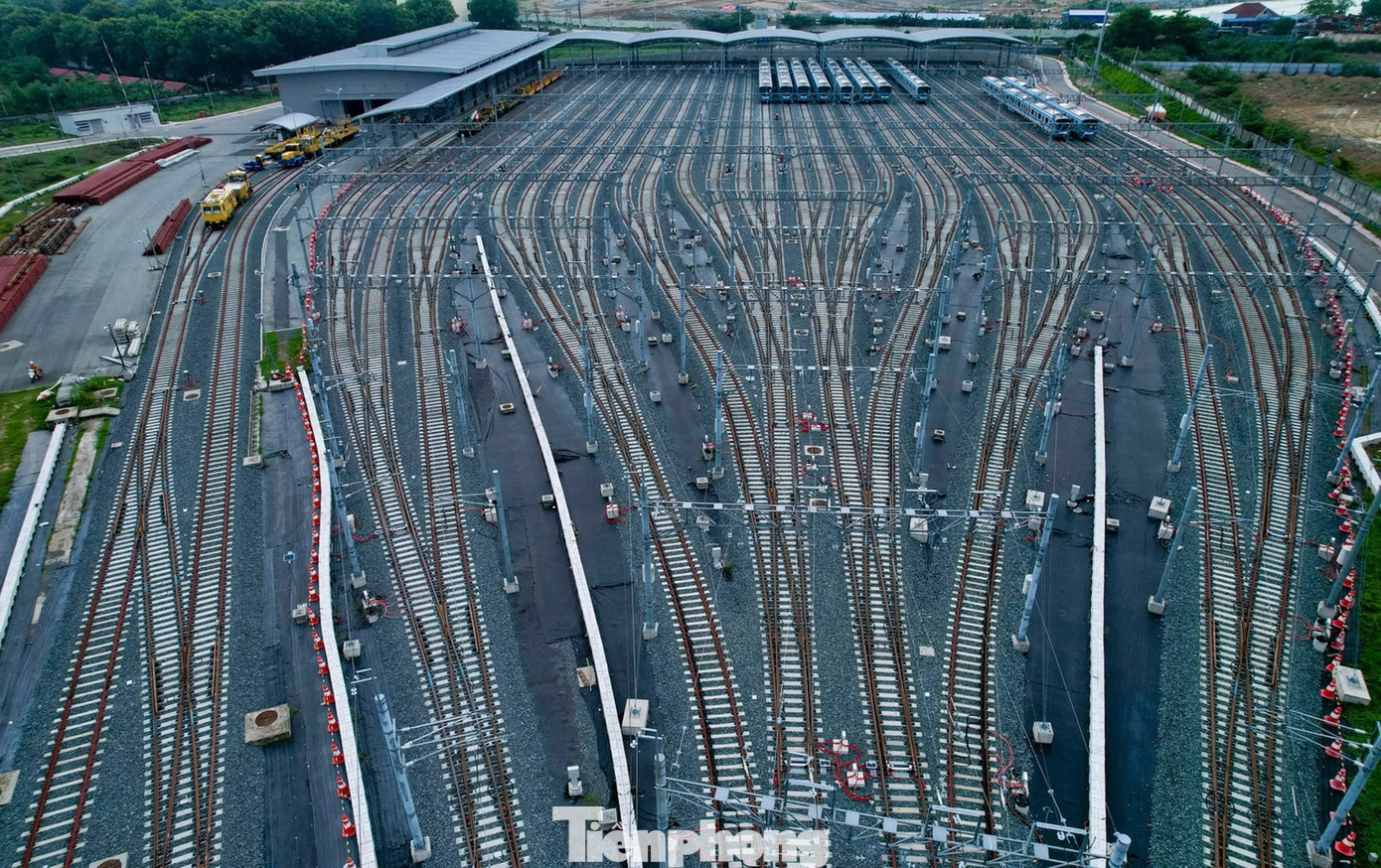
The depot of Ho Chi Minh City’s Metro Line 1. Photo: Duy Anh
After over 12 years of construction, marked by schedule adjustments, the line commenced commercial operations in late 2024, signifying a historic milestone in the city’s urban transportation evolution.
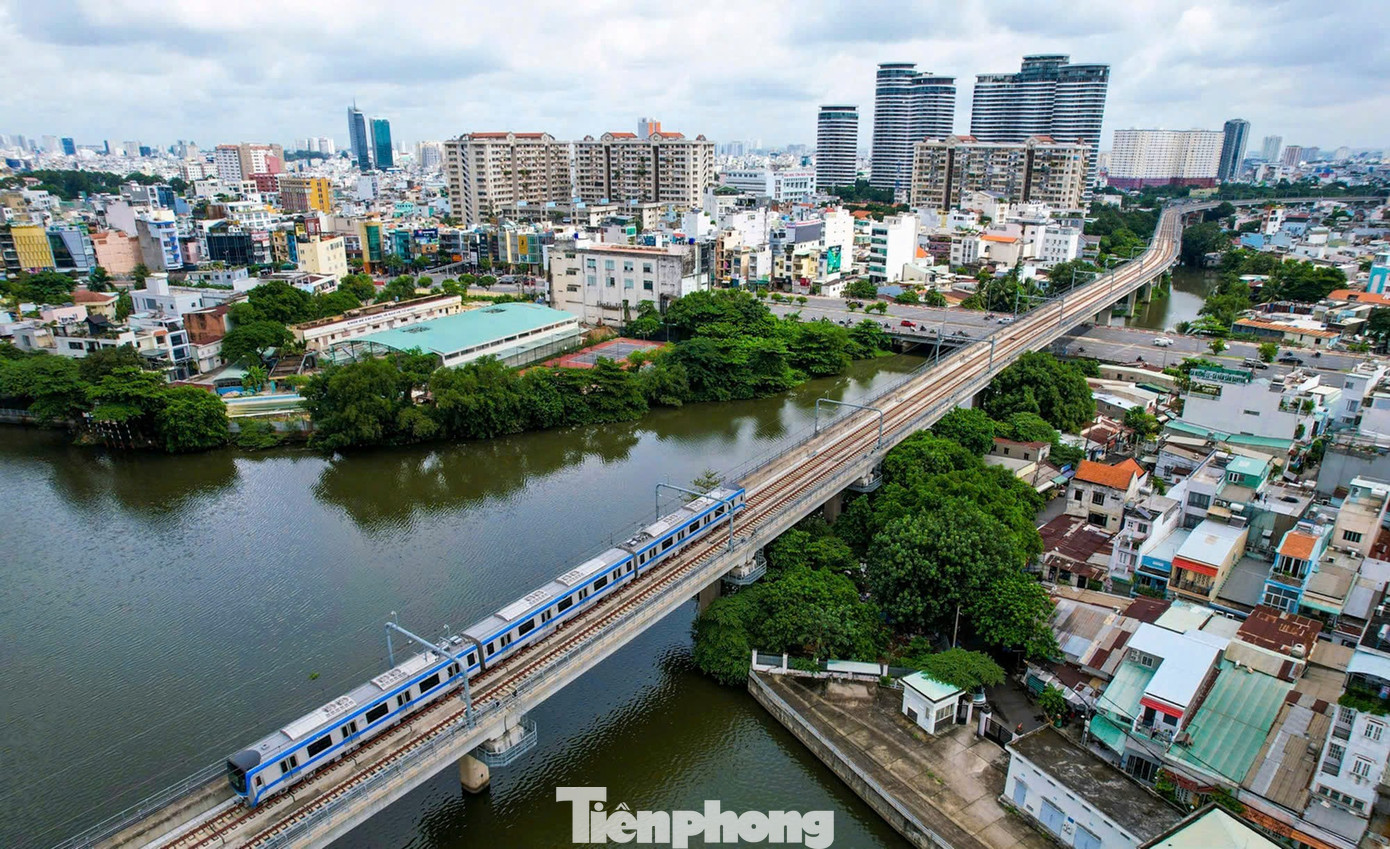
Metro Line 1 connects the city center with the eastern gateway, linking high-tech zones, universities, and new urban areas. It features 3 underground stations (Ben Thanh, City Theater, Ba Son) and 11 elevated stations. Photo: Duy Anh
Since its launch, Metro Line 1 has quickly gained popularity. During peak periods like the Lunar New Year and the April 30th – May 1st holiday, it recorded a surge in ridership, exceeding 100,000 passengers on certain days. This underscores the public’s growing demand for modern, safe, and convenient public transportation.
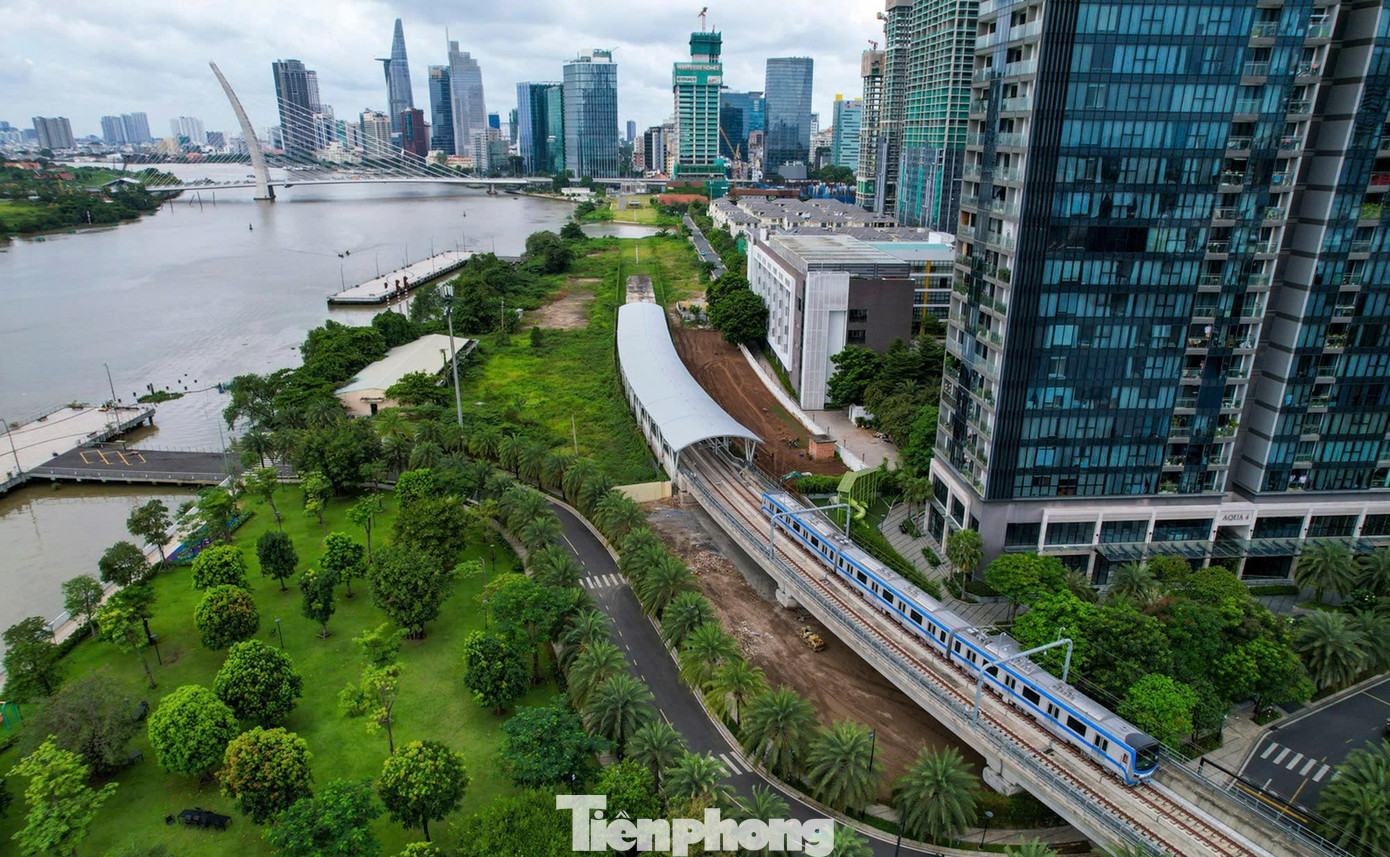
The metro’s arrival has spurred significant urban transformation along its corridor, with modern high-rises and residential areas emerging, reshaping the landscape. Photo: Duy Anh
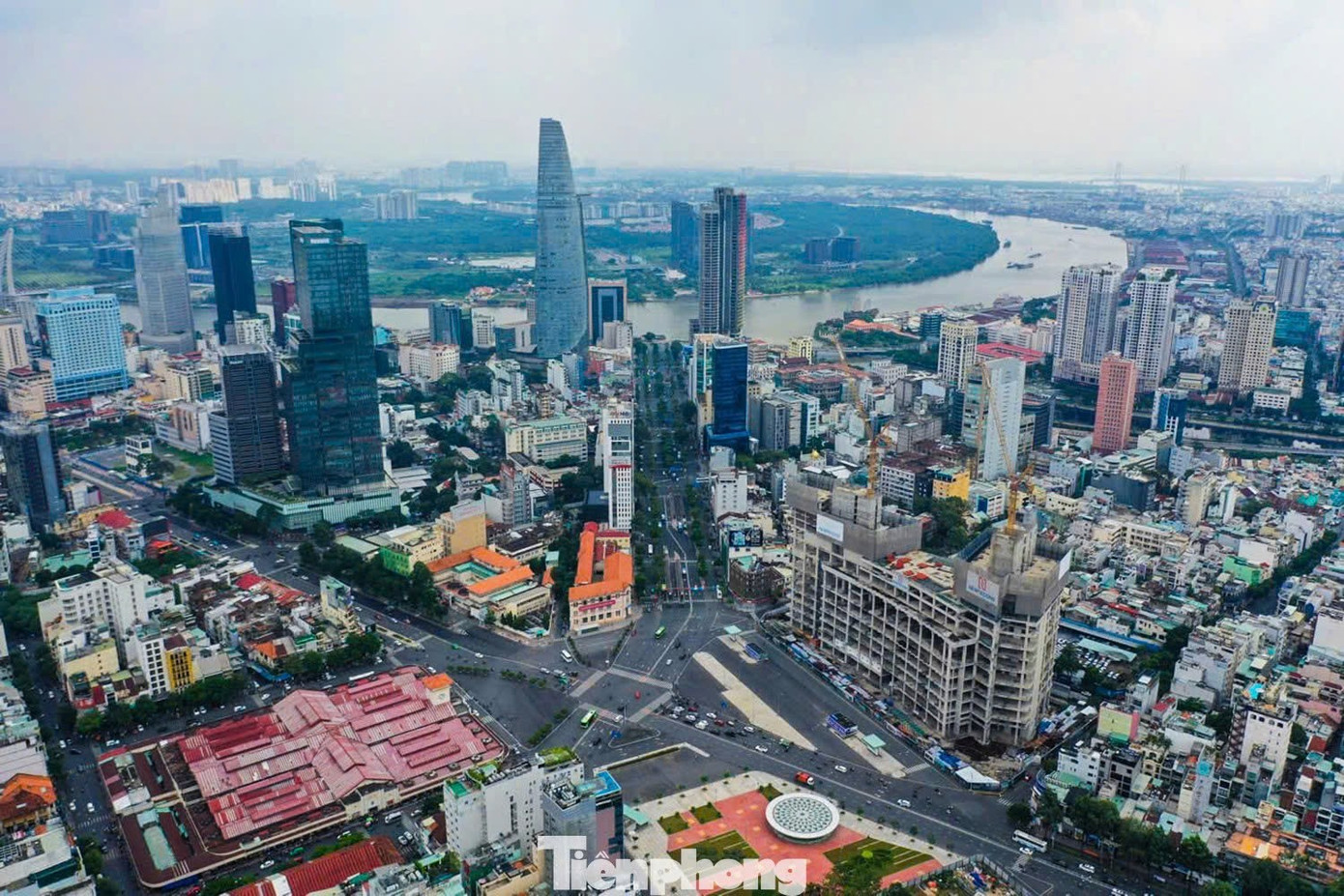
The “Ben Thanh Quadrilateral” after the completion of Ho Chi Minh City’s Metro Line 1. Photo: Duy Anh
Aligned with the Transit-Oriented Development (TOD) model, Metro Line 1 not only alleviates road congestion but also fosters economic and social development, propelling Ho Chi Minh City toward a modern, sustainable, and civilized future.
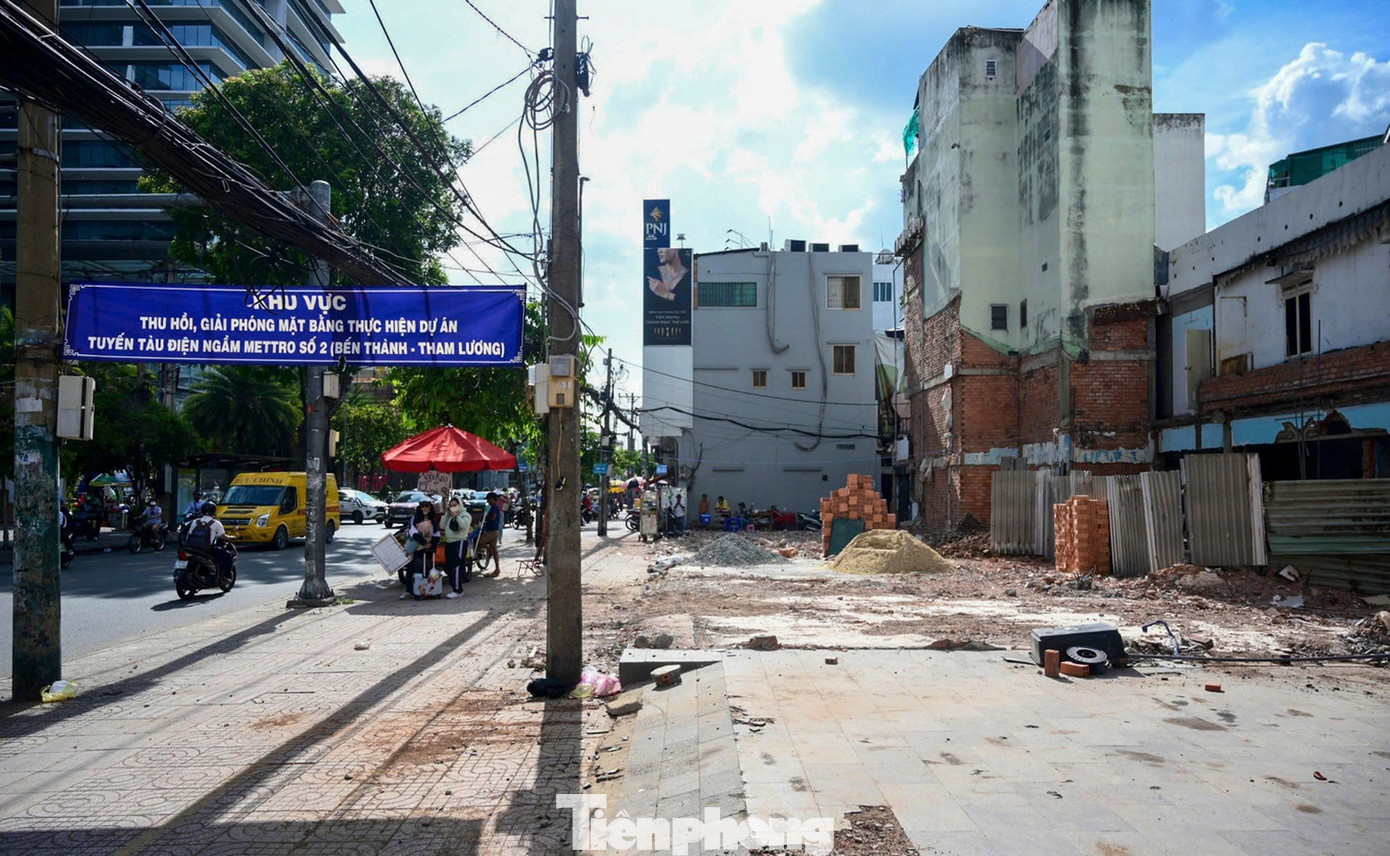
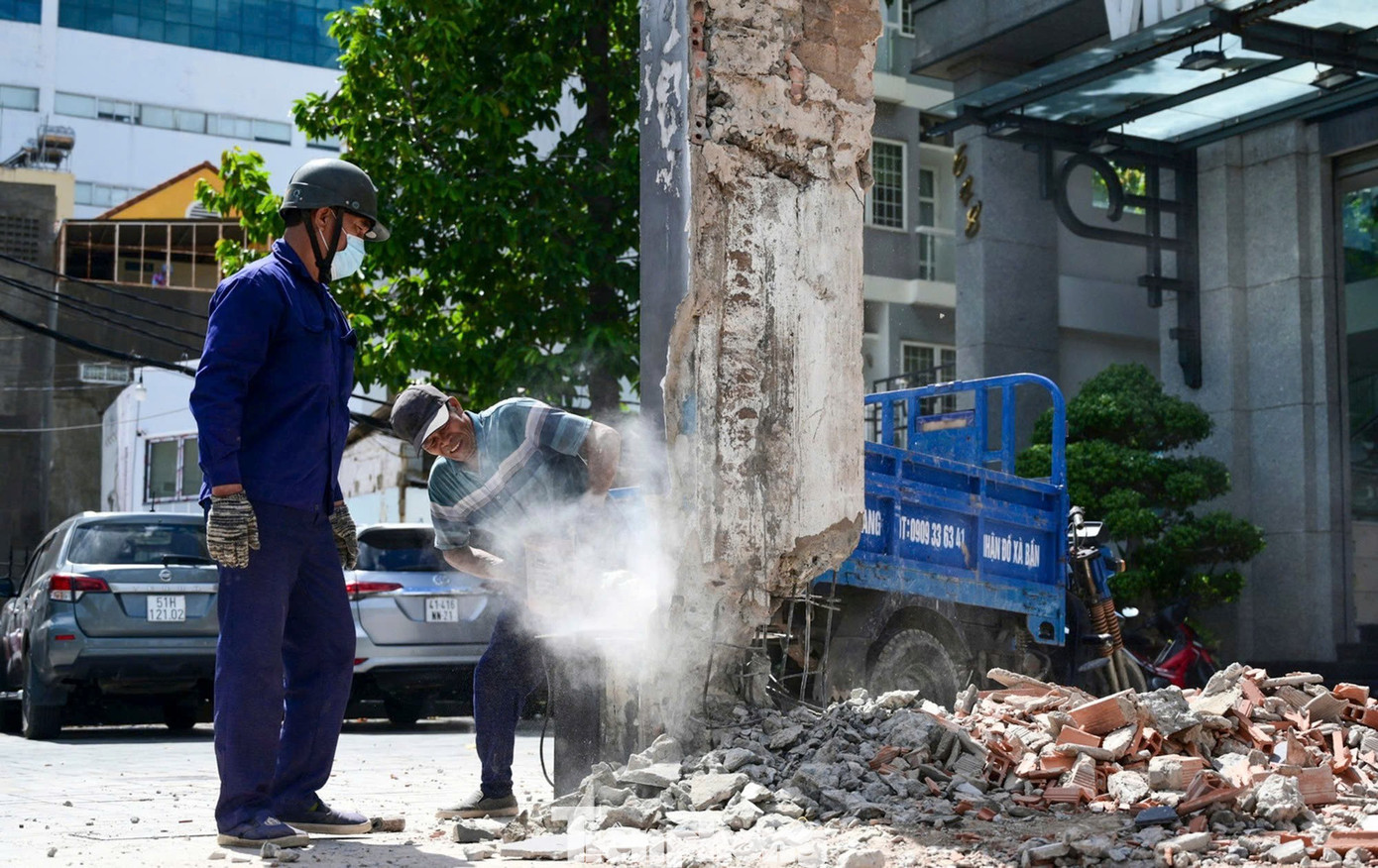
Following Metro Line 1, Ho Chi Minh City is preparing land for the construction of Metro Line 2 (Ben Thanh – Tham Luong) later this year. Photo: Duy Anh
Saigon River Banks Embrace a New Look
Since early 2022, Ho Chi Minh City has embarked on revitalizing the Bach Dang Wharf (along Ton Duc Thang Street, from Khanh Hoi Bridge to Thu Thiem 2 Bridge).
The upgraded wharf boasts a modern landscape, seamlessly blending green spaces with pedestrian pathways, bestowing a refreshed and welcoming ambiance upon the city center. Concurrently, the Me Linh Park has been earmarked for renovation.
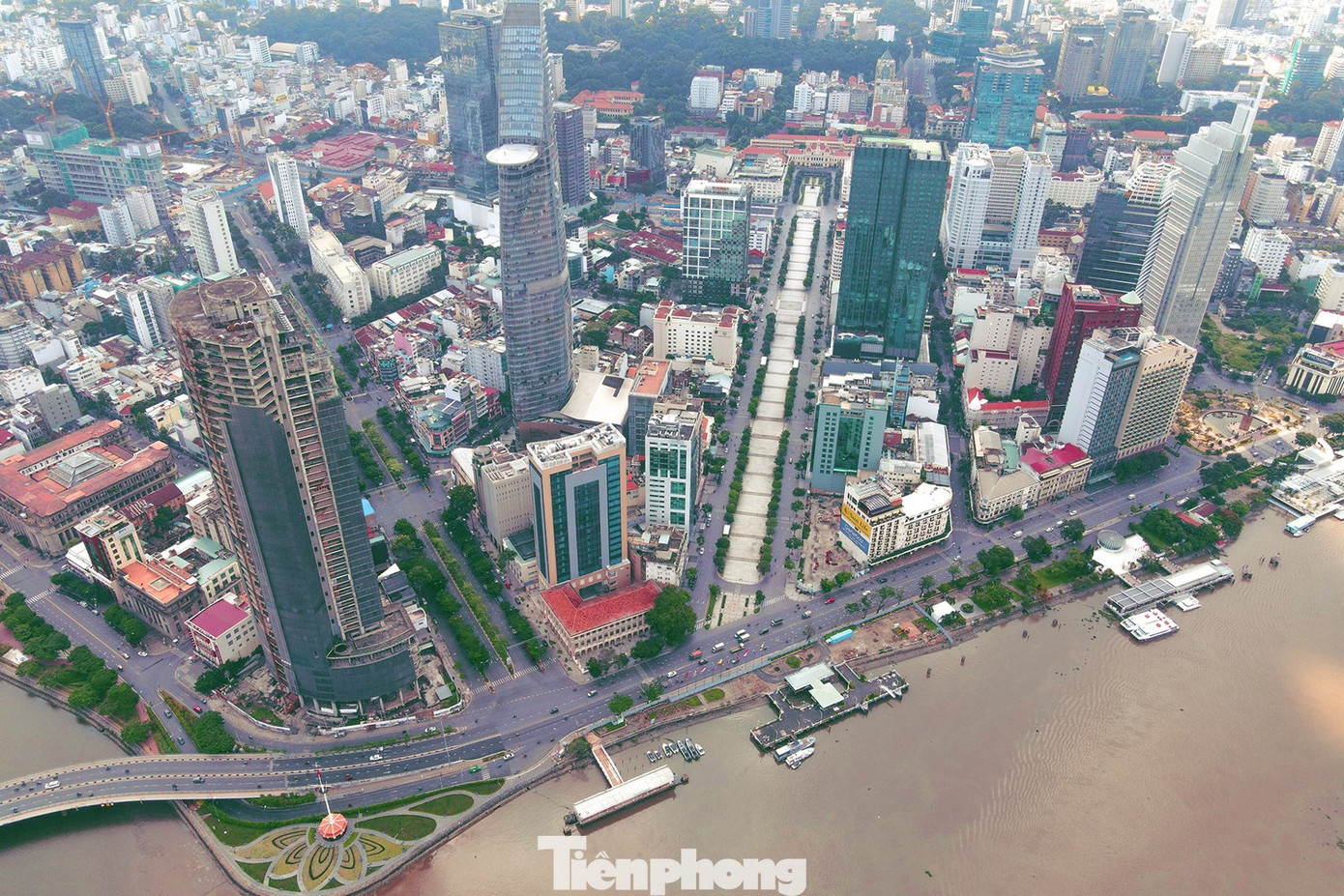
The Bach Dang Wharf during its renovation phase. Photo: Pham Nguyen
Today, both the Bach Dang Wharf and Me Linh Park have undergone remarkable transformations. The open, airy spaces and integrated infrastructure have turned these areas into cultural hubs, community gathering spots, and distinctive tourist attractions in Ho Chi Minh City.
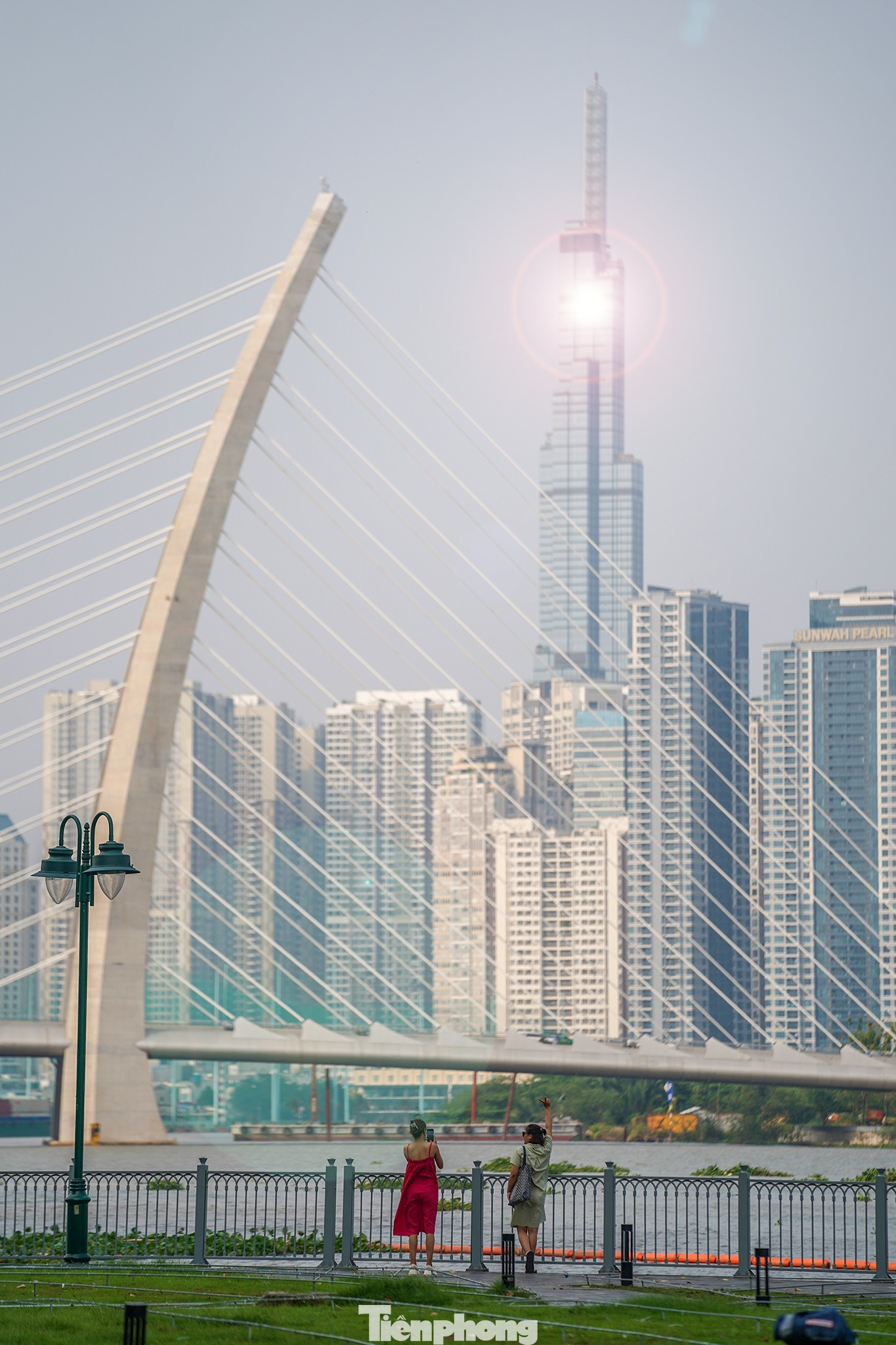
The Bach Dang Wharf Park has become a popular “check-in” spot for locals and tourists alike. Photo: Pham Nguyen
With its new visage, the Bach Dang Wharf transcends its role as a tourist boat dock, emerging as a symbol connecting the Saigon River with the urban landscape. It epitomizes a city that is dynamic and modern, yet deeply rooted in its traditional values.
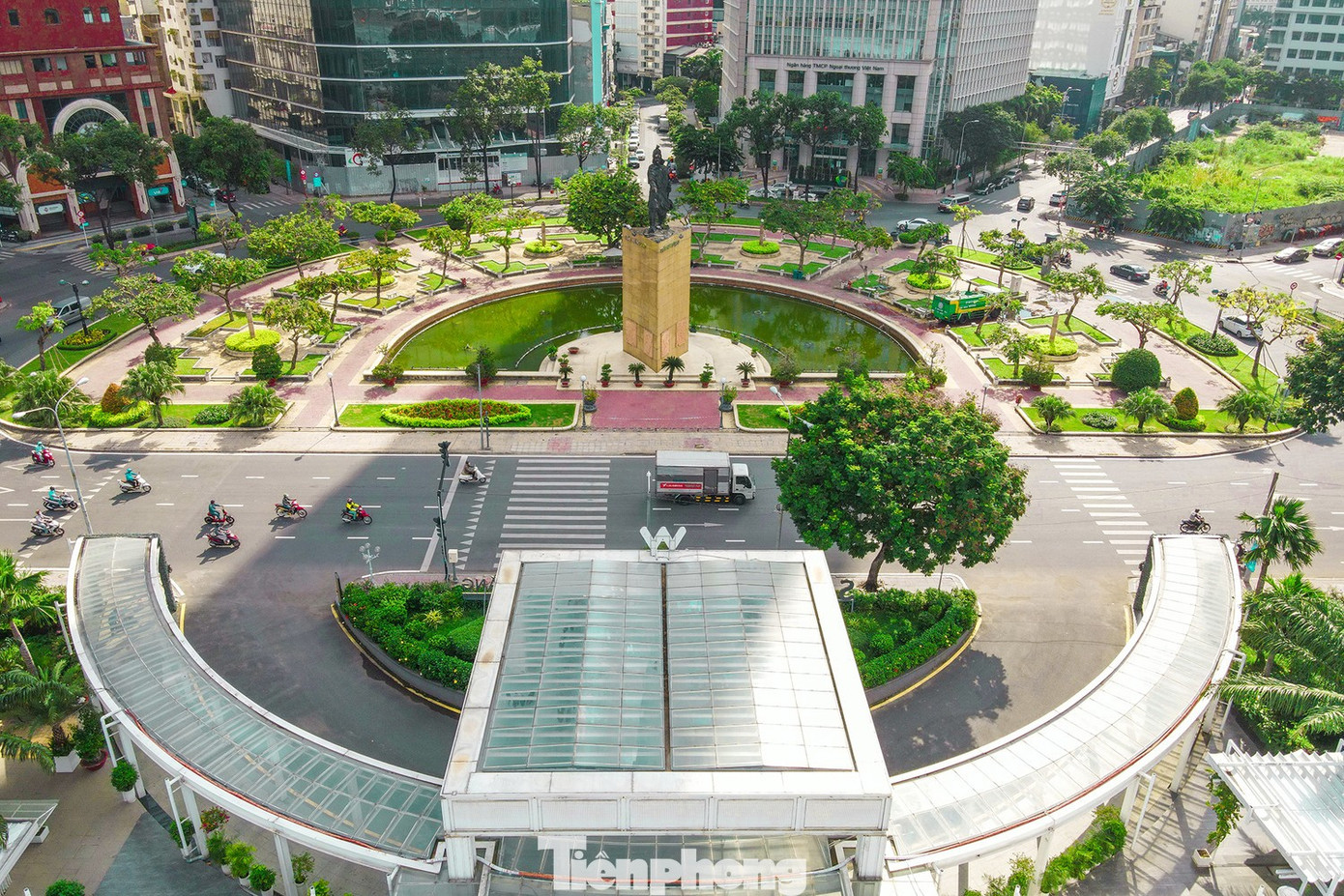
The newly renovated Me Linh Park. Photo: Pham Nguyen
Following months of construction, early 2024 witnessed the inauguration of the Saigon Riverbank Park (from Ba Son Bridge to the Saigon River Tunnel, formerly in Thu Duc City), opposite the Bach Dang Park.
Spanning nearly 5 hectares and stretching over 800 meters along the Saigon River, this park swiftly became a modern public space and a popular recreational destination, especially during holidays and festivals. It features a range of amenities, including riverside walking and cycling paths, a pedestrian bridge, a boat dock, an event square, an outdoor stage, a rock park, a fountain, artistic lighting, and an LED screen.
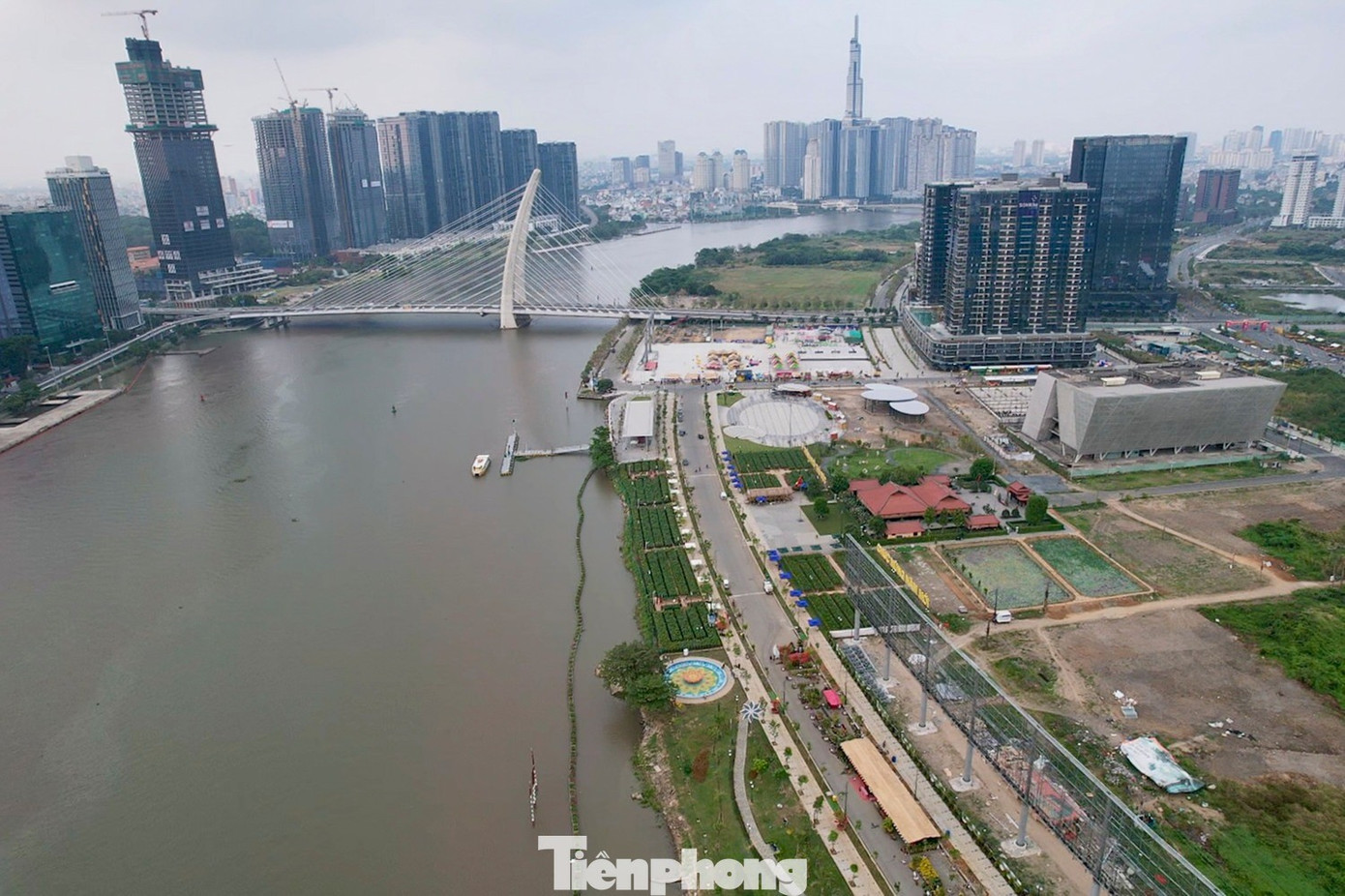
The Saigon Riverbank Park after renovation. Photo: Duy Anh
A standout feature is the “sunflower field” comprising nearly 15,000 plants, which has become a favorite check-in spot for young people. Beyond its aesthetic appeal, the park serves as a “green lung” for the area, providing residents with spaces for exercise, sightseeing, community activities, and street festivals. It has also transformed the once-neglected riverside area, replacing weeds and waste with a civilized, clean, and modern environment.
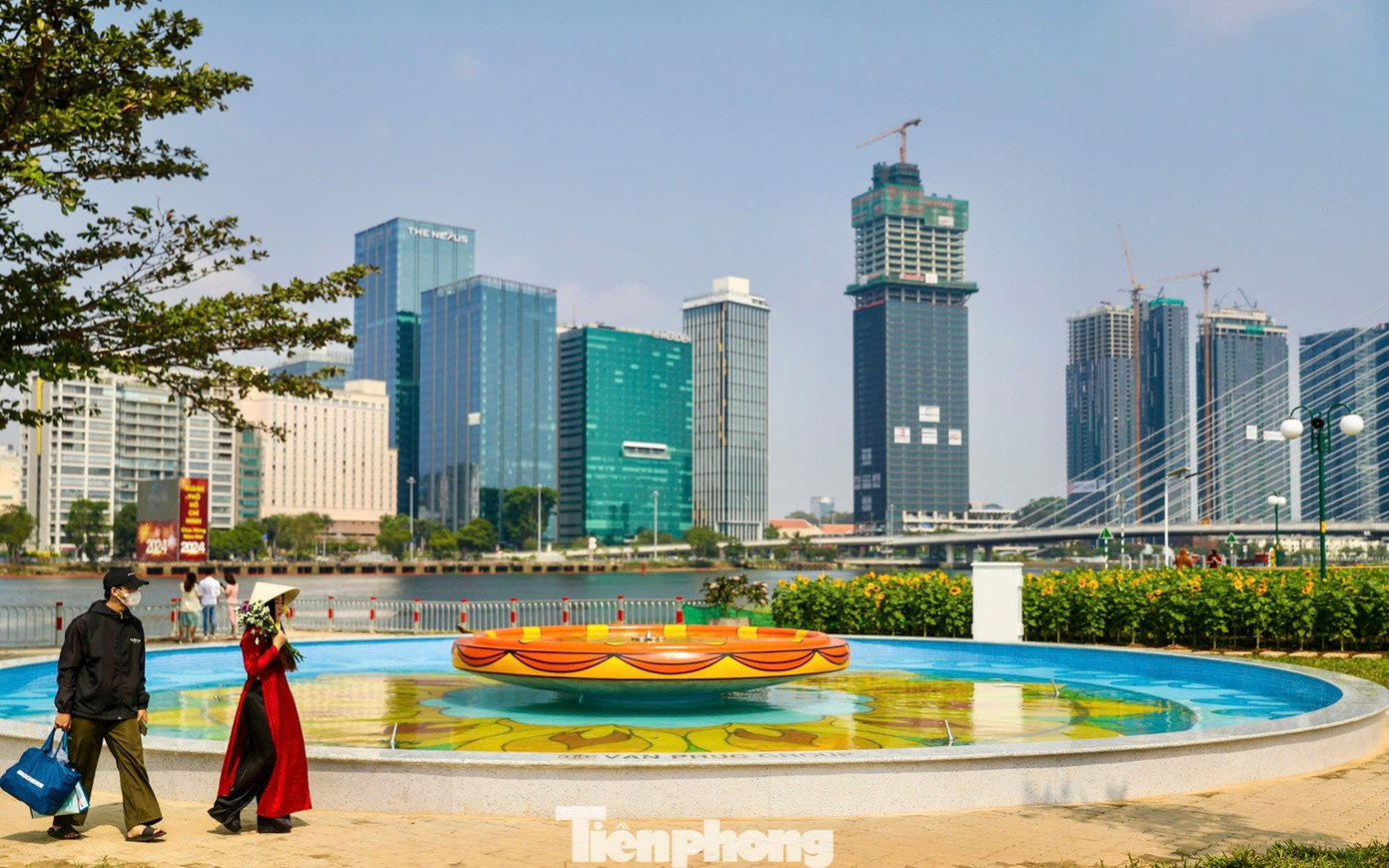
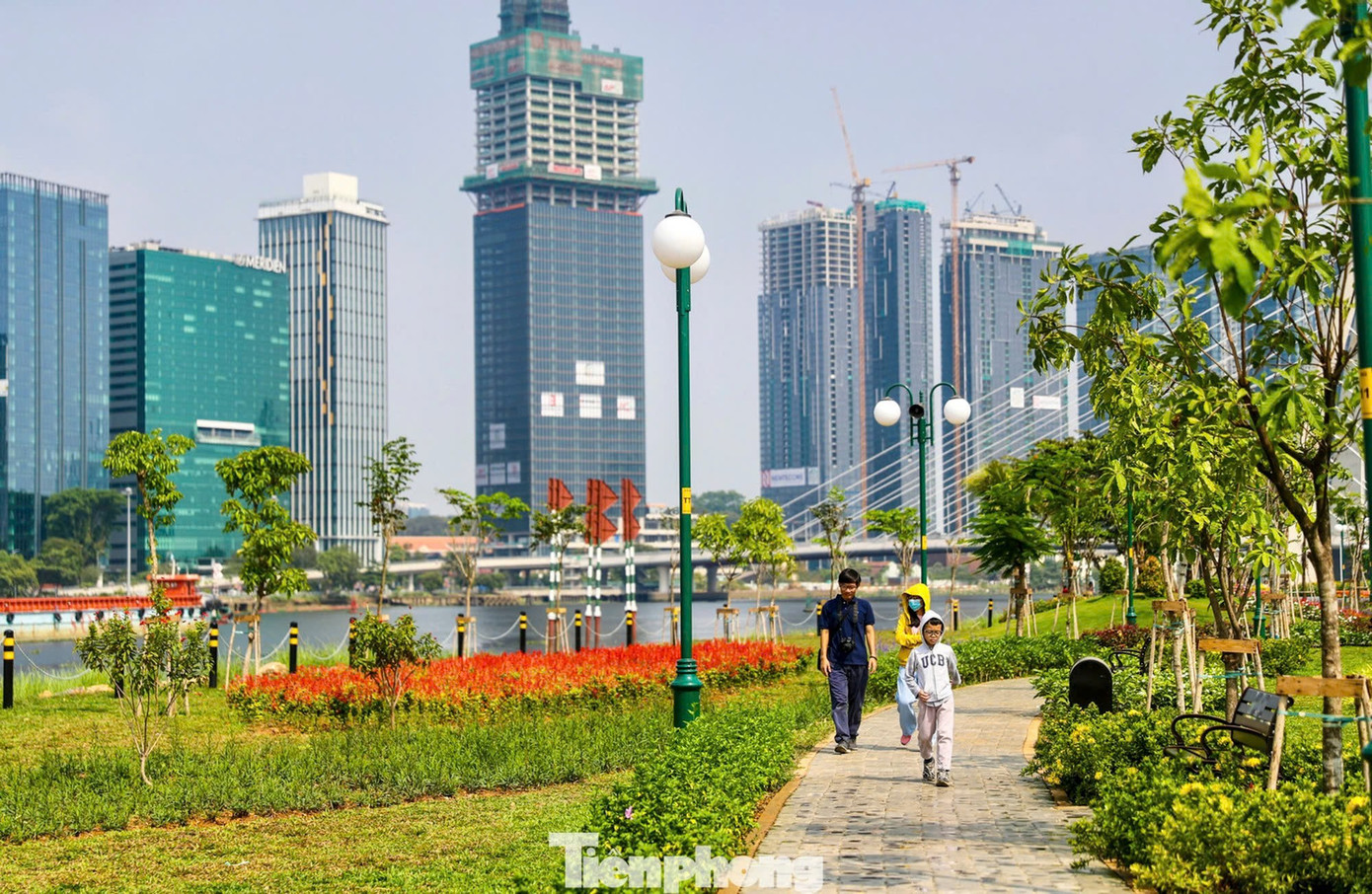
The Saigon Riverbank has undergone a complete metamorphosis from its previous state of weeds, waste, and neglect. Photo: Duy Anh
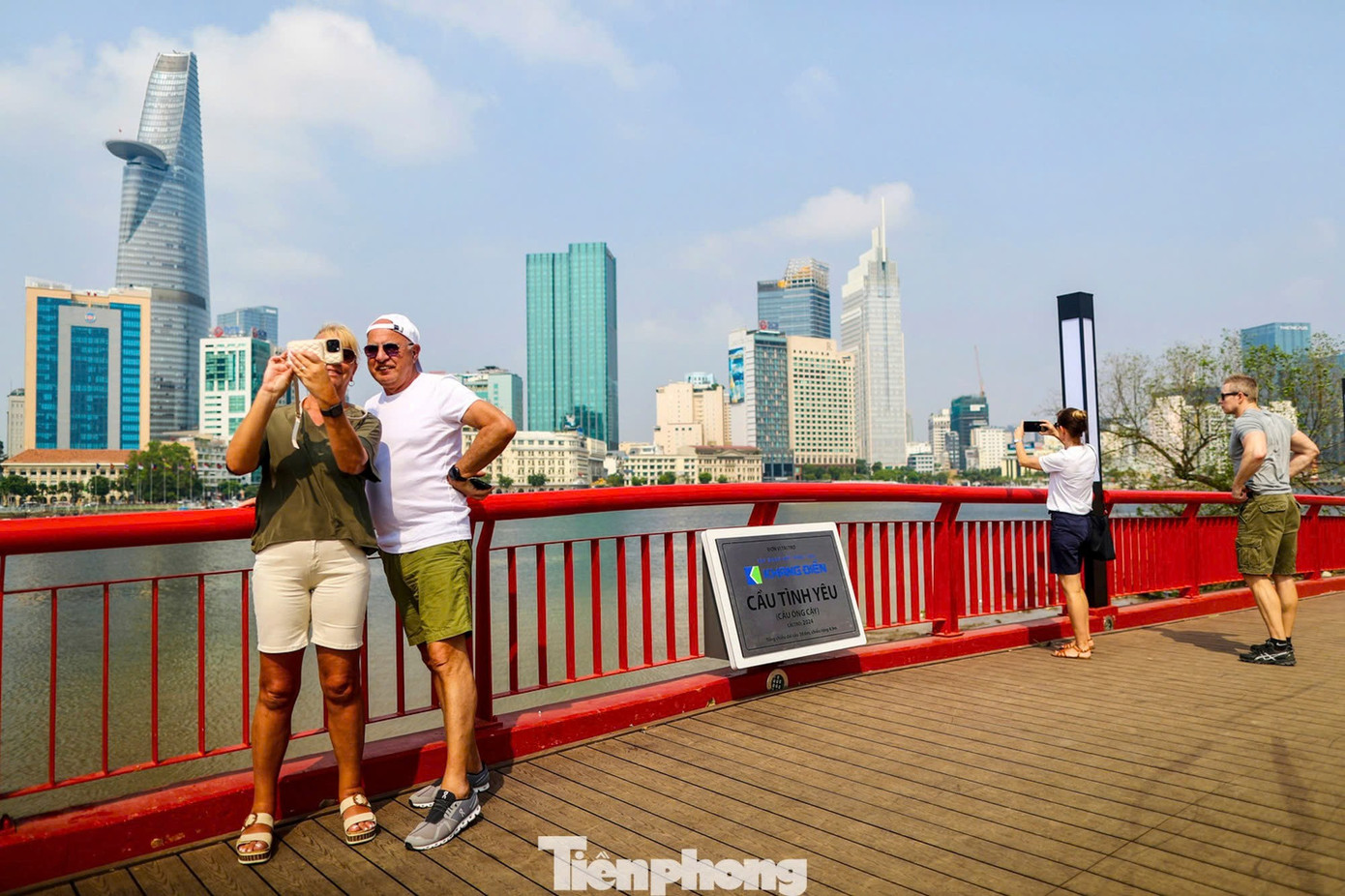
The area has become an ideal check-in spot for tourists visiting Ho Chi Minh City. Photo: Duy Anh
The Saigon Riverbank Park is expected to become a landmark, harmoniously blending the river’s natural beauty with modern urban architecture, thereby elevating the stature of Ho Chi Minh City’s central area.
Ba Son Bridge: Connecting the City Center with Thu Thiem Urban Area
On April 28, 2022, after years of anticipation, Ho Chi Minh City officially inaugurated the Ba Son Bridge (formerly known as Thu Thiem 2 Bridge). This project not only alleviates traffic congestion in the city center but also introduces a modern architectural landmark, enhancing the urban landscape.
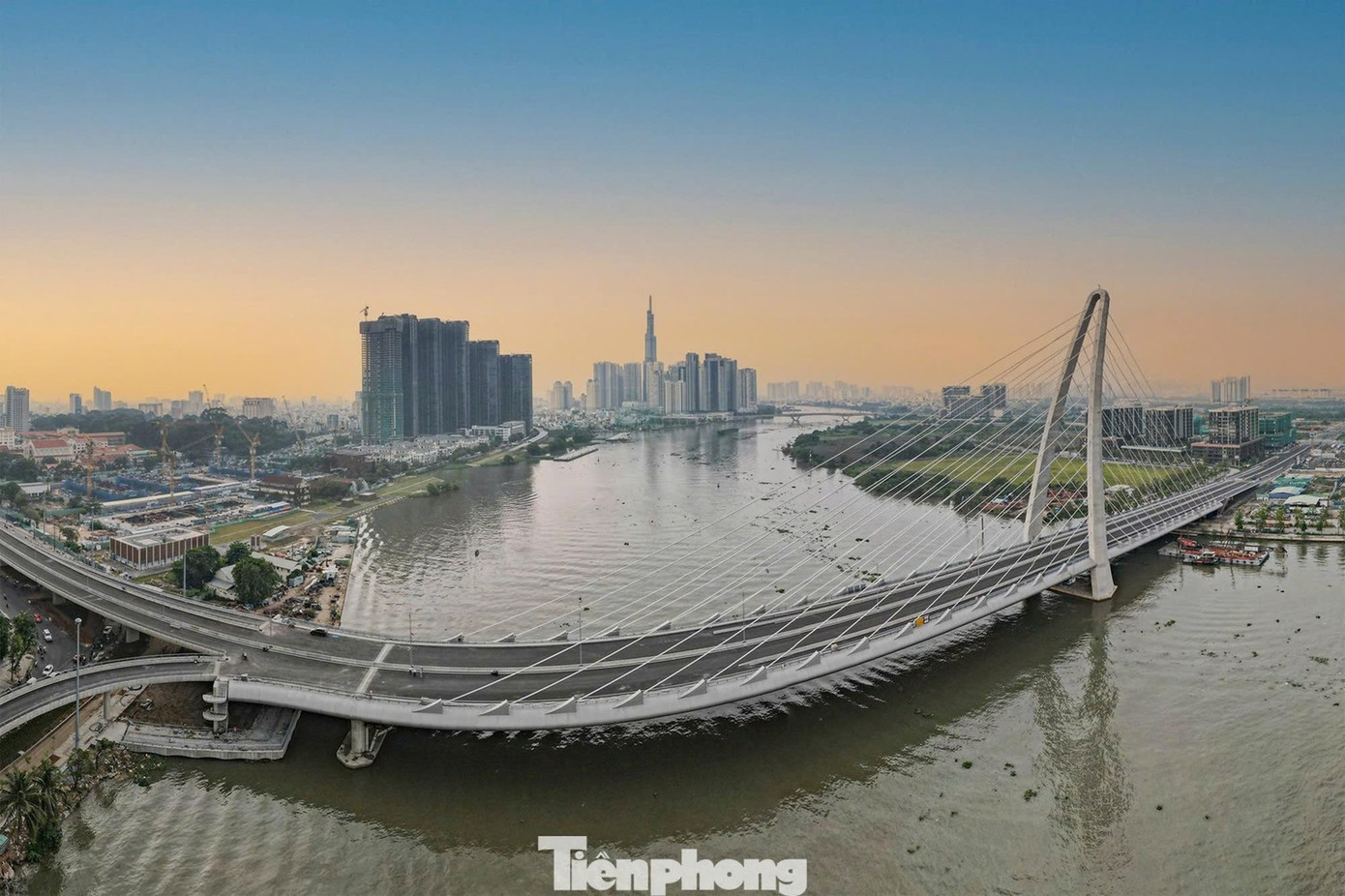
With a total investment of over VND 3,000 billion, the Ba Son Bridge stretches nearly 1.5 km, featuring a 200-meter cable-stayed main span and a 113-meter tall tower, the highest of its kind in Ho Chi Minh City. The bridge accommodates 6 lanes, connecting Ton Duc Thang – Le Duan intersection (former District 1) with the Thu Thiem urban area (former Thu Duc City).
The bridge reduces travel time between the city center and Thu Thiem, easing pressure on the Saigon River Tunnel and Saigon Bridge. Beyond its transportation function, the Ba Son Bridge is hailed as a new symbol of Ho Chi Minh City, with its modern cable-stayed design soaring above the river.
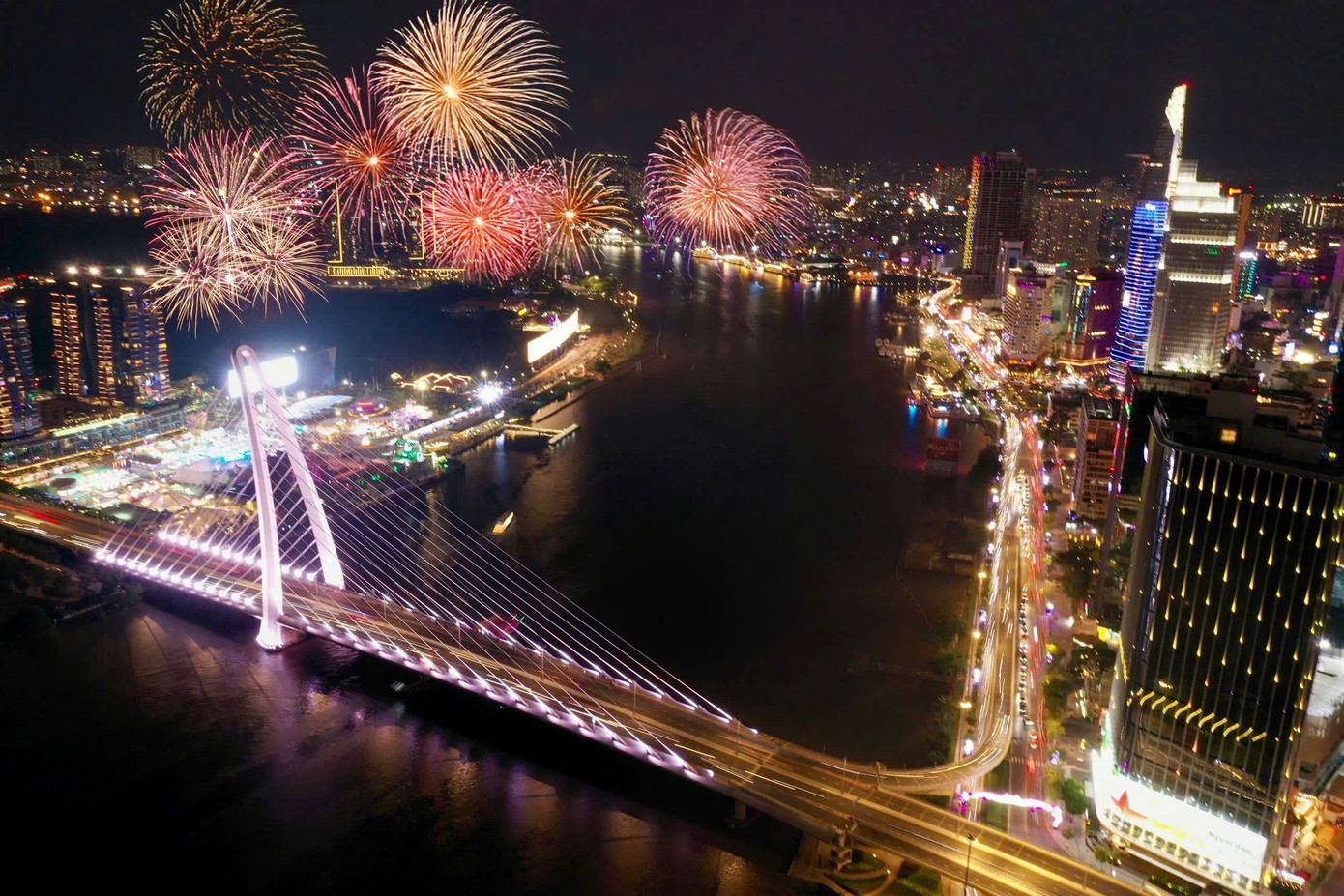
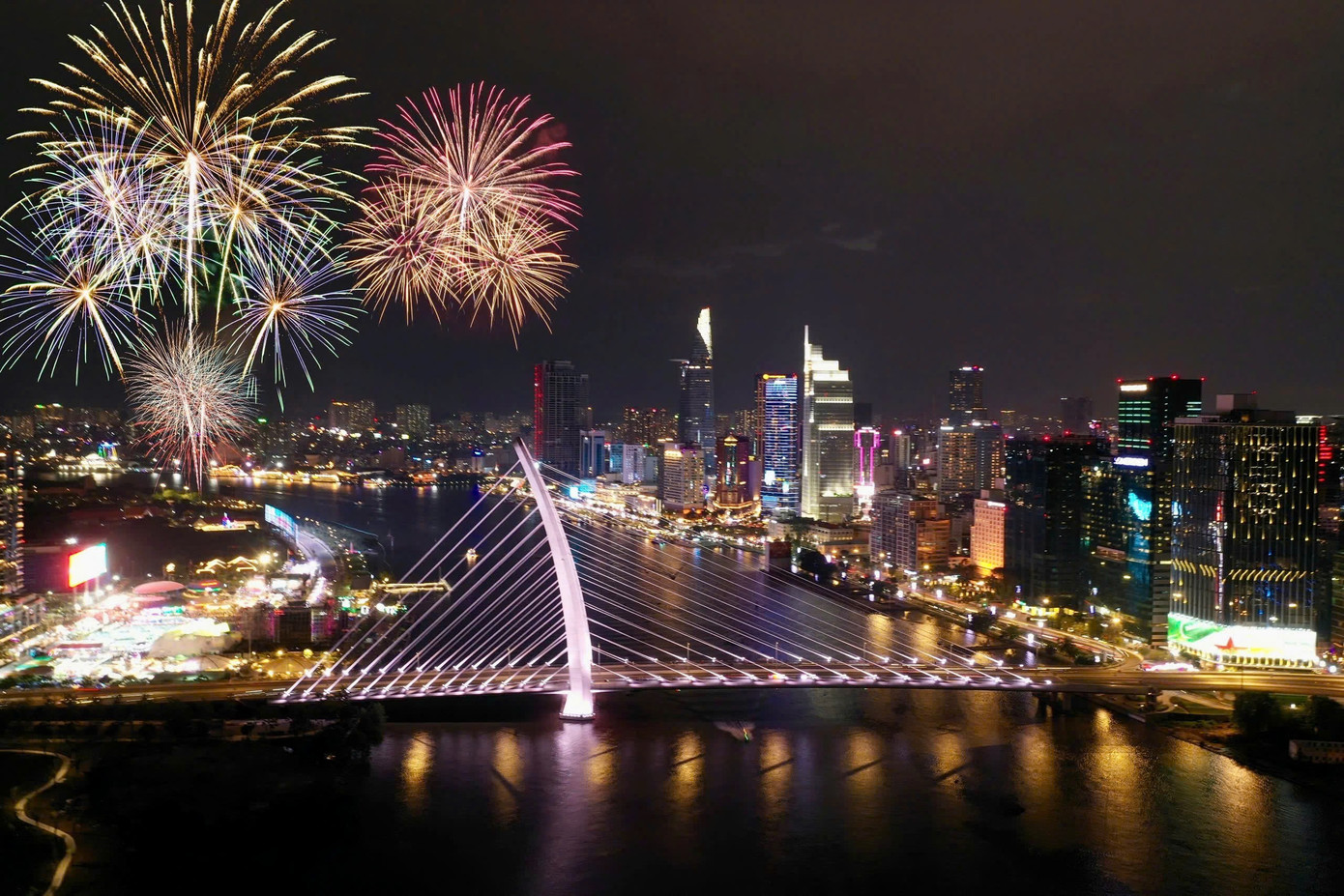
The Ba Son Bridge – a new icon on the Saigon River. Photo: Duy Anh
As one of the five bridges and one tunnel planned to connect the Thu Thiem New Urban Area with the city center, the Ba Son Bridge is a crucial step in expanding the eastern urban development space. It accelerates the transformation of Thu Thiem into a regional financial, commercial, and service hub.
Largest Bus Station in Vietnam Commences Operations
Located at the eastern gateway of Ho Chi Minh City, the new Eastern Bus Station began construction in April 2017, covering over 16 hectares with a total investment of approximately VND 4,000 billion. It is currently Vietnam’s largest bus station.
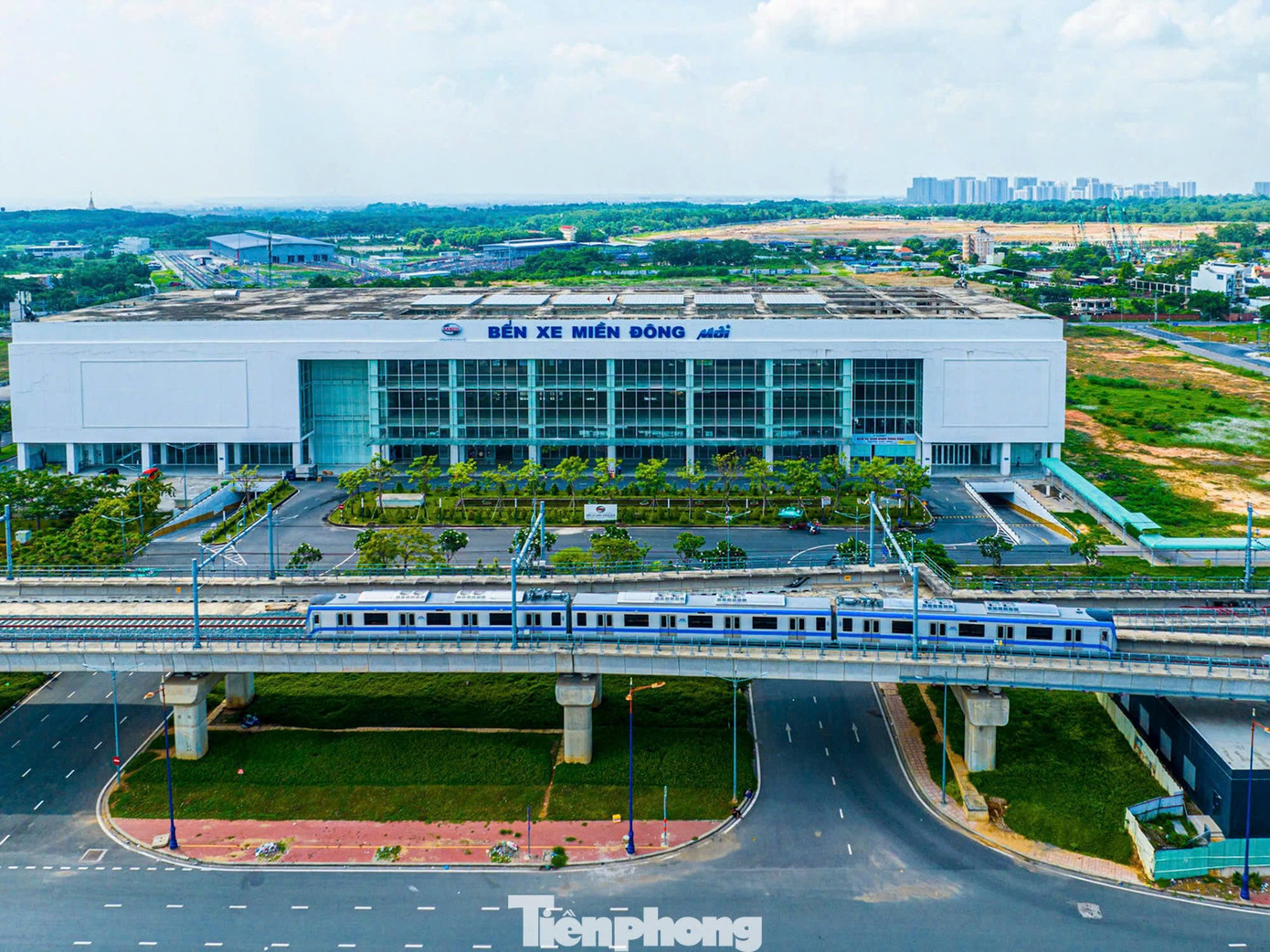
Ho Chi Minh City’s Metro Line 1 passes by the new Eastern Bus Station. Photo: Duy Anh
Designed with modern amenities, the station is directly connected to Metro Line 1 (Ben Thanh – Suoi Tien) and the bus network, positioning it as a major inter-provincial passenger transit hub. It replaces the old Eastern Bus Station in Binh Thanh District, which had long been overloaded.
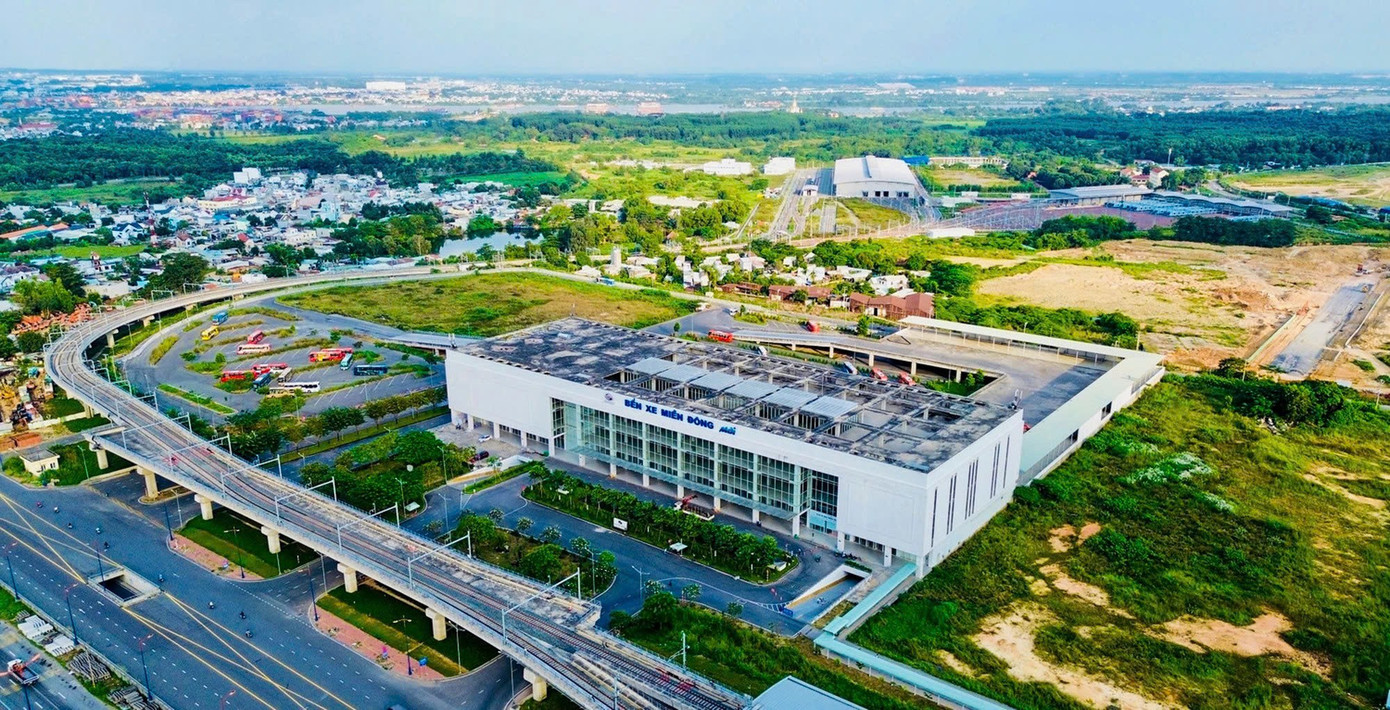
Aerial view of the new Eastern Bus Station. Photo: Duy Anh
While initial operations faced challenges due to incomplete infrastructure and lower-than-expected passenger numbers, experts believe that with the completion of surrounding transportation projects, the new Eastern Bus Station will fulfill its role as a strategic, modern, and long-term transportation hub for Ho Chi Minh City, solidifying its position as Vietnam’s largest inter-provincial bus station.
Cancer Hospital Campus 2: A New Milestone in Ho Chi Minh City’s Healthcare
Located at the eastern gateway of Ho Chi Minh City, Cancer Hospital Campus 2, after years of construction, has officially opened, becoming one of the most modern specialized cancer hospitals in the country.
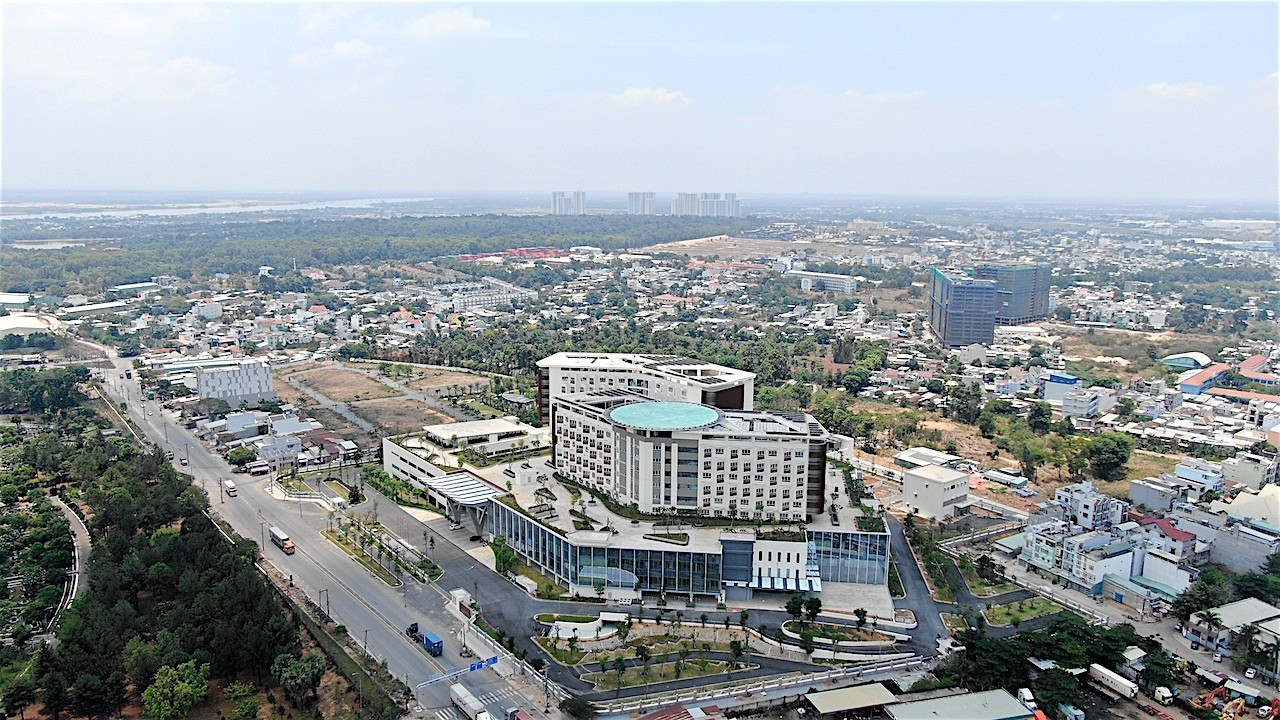
Construction began in October 2016 with a total investment of nearly VND 6,000 billion from the state budget, on a 55,000 m² site, featuring a 1,000-bed capacity across multiple high-rise buildings and specialized technical areas.
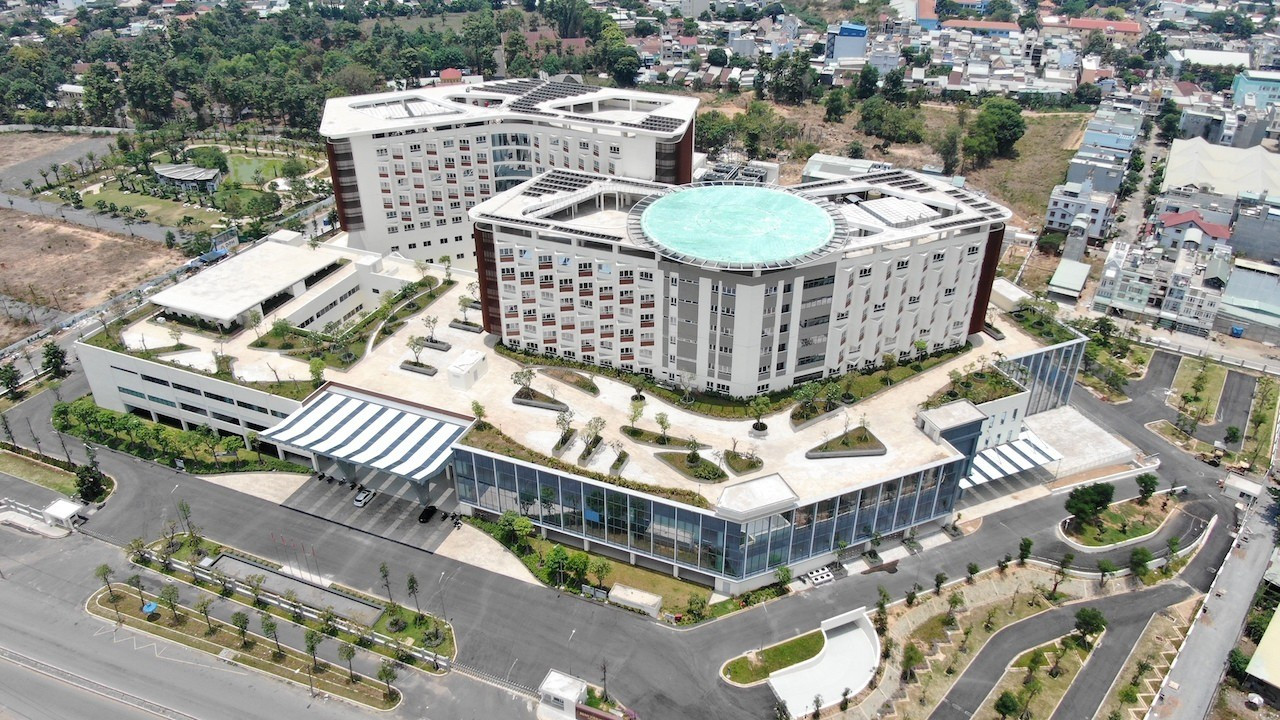
In late 2020, the hospital began receiving patients in certain departments; by early 2023, it was fully operational.
According to Ho Chi Minh City’s health authorities, Campus 2 not only relieves pressure on the overloaded Campus 1 in Binh Thanh District but also meets the growing healthcare demands of Ho Chi Minh City, southern provinces, and the Central Highlands. It is envisioned as a high-quality healthcare destination in the ASEAN region.
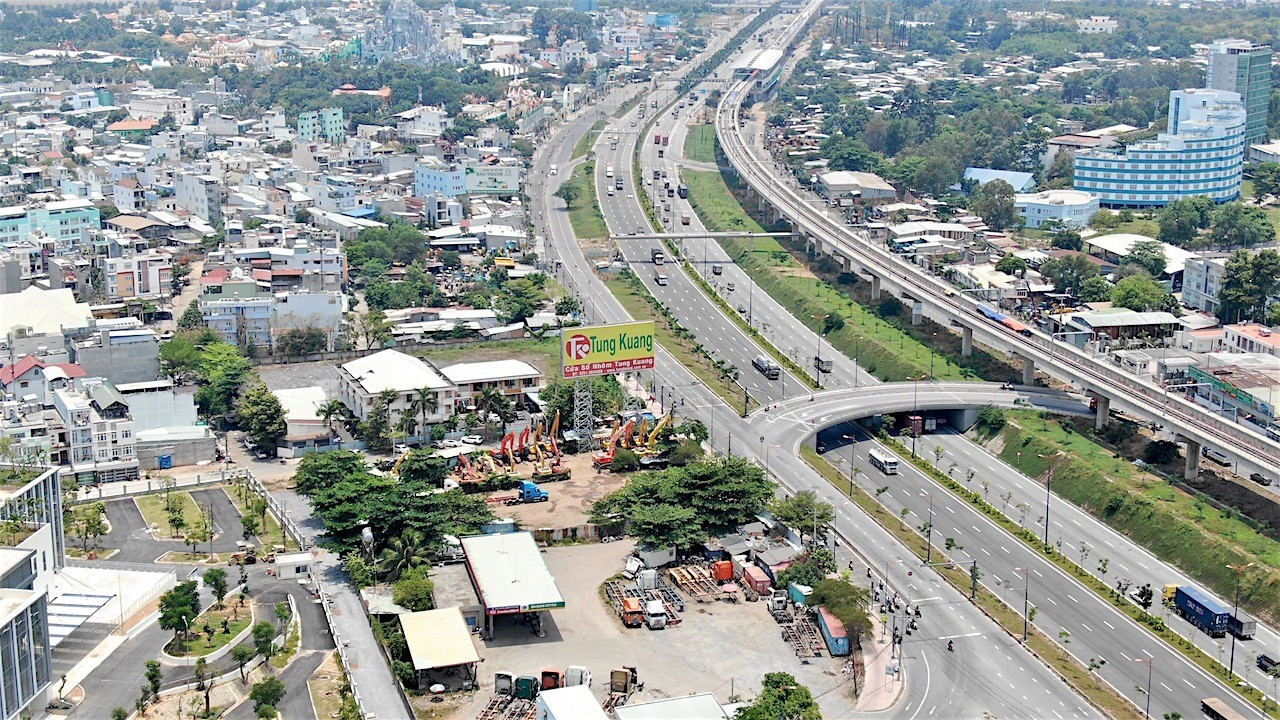
Cancer Hospital Campus 2 is located near Ho Chi Minh City’s Metro Line 1.
Beyond patient care, Cancer Hospital Campus 2 serves as a training and research center for oncology, enhancing the expertise and reputation of Ho Chi Minh City’s healthcare sector in the new era.
Ho Chi Minh City Surpasses Bangkok in Key Index
According to the GFCI survey, Ho Chi Minh City is among the 16 financial centers projected to experience robust growth over the next 2-3 years.
Transforming Ho Chi Minh City into a High-Tech Financial Hub by 2030: A Strategic Vision
Ho Chi Minh City is rapidly emerging as a global financial powerhouse, with ambitious plans to establish itself as an International Financial Center (IFC) by 2030. What began as a visionary concept two decades ago has evolved into bold, strategic moves to attract global capital and drive fintech innovation. The city’s rising prominence in international financial rankings underscores its unwavering commitment and vast potential to reach new heights on the world stage.



